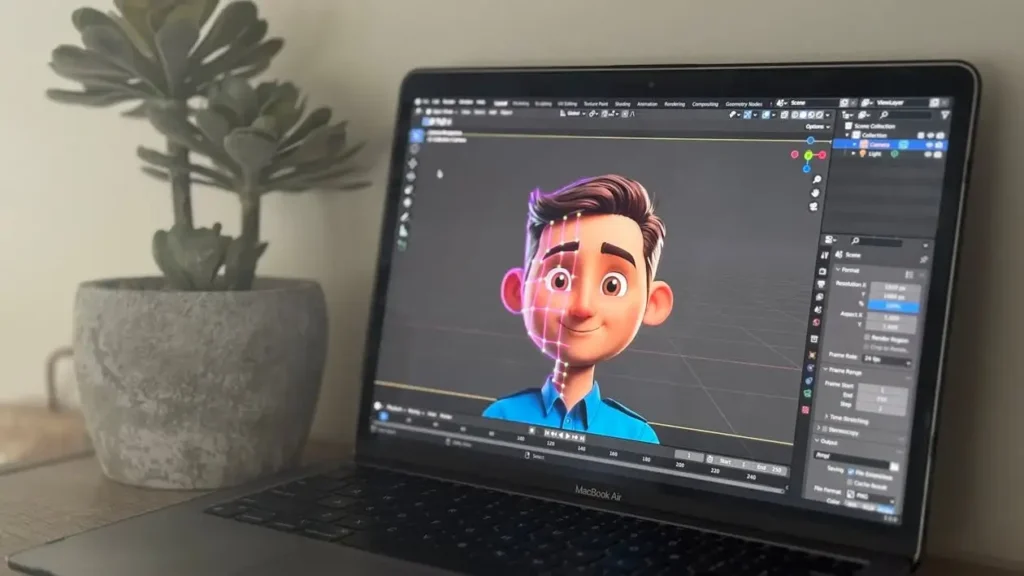What is WebGL? A Complete Guide for Tech-Savvy Developers
Introduction: WebGL What is WebGL? “Create high-performance 2D and 3D graphics in a browser.” Key Features Hardware-Accelerated Rendering Cross-Platform Compatibility Shader Programming Interactive and Dynamic Rendering Integration with HTML5 & JavaScript How Does WebGL Work? “The browser initializes WebGL.” “JavaScript communicates with WebGL.” “The GPU processes vertex and pixel data.” Importance of WebGL Enhances Web-Based Applications Eliminates the Need for Plugins “WebGL runs natively in the browser.” Supports Augmented & Virtual Reality (AR/VR) Boosts Performance for Web Applications “Significantly improving rendering speed for complex graphics.” Applications of Web Graphic Library Conclusion “How we interact with web-based graphics.” “WebGL offers endless possibilities for modern web applications.” “You can create engaging, high-performance web experiences that captivate users.” FAQs 1. Is Web GL free to use? Yes, It is an open standard supported by all major browsers without additional costs. 2. Does Web GL require a GPU? It leverages the GPU for rendering, but most modern devices support it. 3. Which browsers support WebGL? Chrome, Firefox, Edge, Safari, and Opera fully support WebGL. 4. Can I use WebGL for mobile applications? Yes! 5. How do I get started with WebGL? Interested in harnessing the power of WebGL? Subscribe to our website for more insights on: Explore RaiseYourDimensions.com for more tech-savvy resources!
